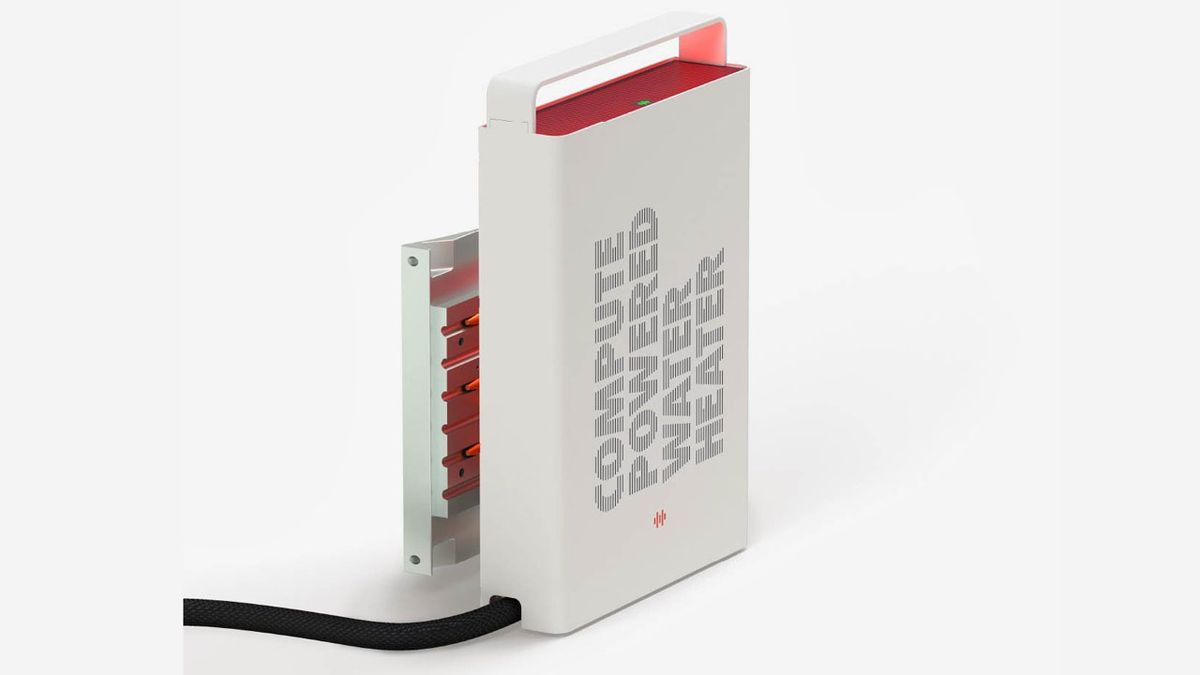The heat generated by the small box of powerful computers is enough to heat the pool about 60% of the time.
www.bbc.co.uk
Seems a decent idea to transfer heat but I'm struggling to accept that a data centre this size supplies enough to heat up a swimming pool to 30 degrees / 60% of the time.
Media exaggeration?
No, I don't think so, though the stuff I read from the BBC on energy is often about "magic boxes called heat pumps."
This is a concept called 4G heat networks, which has existed in Scandinavia for decades. It's actually brilliant. The idea of 4G heat networks is that you "group" buildings with essentially opposing demand i.e., one with a high heating load (residential apartments), one with a high cooling demand (data centres) and they share energy: you provide warm water to the residential apartments which they use to heat, cooling it. Then you provide that cooled water to the offices, they use it for cooling and heat it, and then it goes back to the residential apartment block etc. Super-efficient.
In the UK, currently about 2% of properties are served using heat networks. The government are planning to grow that to 20% over the next couple of decades.
Heat networks are brilliant because they are designed to harness sources of waste heat. On a large scale, that's stopping heat rejection to the atmosphere by power stations and delivering it to local properties. On a smaller scale, that might be having a huge heat pump in a town centre with an electric boiler, which provides all the heat to the local residents, or a massive CHP (combined heat and power) which generates the electricity for the area with the waste product being heat, which locals can then use.
Basically, it's great. Now, whether the BBC has exaggerated or not, I don't know, but it sounds plausible. Swimming pools are fantastic thermal stores and are great for enabling low carbon technologies to thrive.
Edit: just realised it's the size of a washing machine. Sounds a bit wild. I guess they're getting great heat transfer with that mineral liquid, but as you say, seems an exagguration.







 it's no wonder a lot of pools have turned the thermostat down to save a few quid!!!
it's no wonder a lot of pools have turned the thermostat down to save a few quid!!! Yeah, heating it up takes a lot of power, but the real question is heat loss once it's got there - it's that you need to consistently supply. I can't find great numbers - since it seems to depend on two many factors, but
Yeah, heating it up takes a lot of power, but the real question is heat loss once it's got there - it's that you need to consistently supply. I can't find great numbers - since it seems to depend on two many factors, but